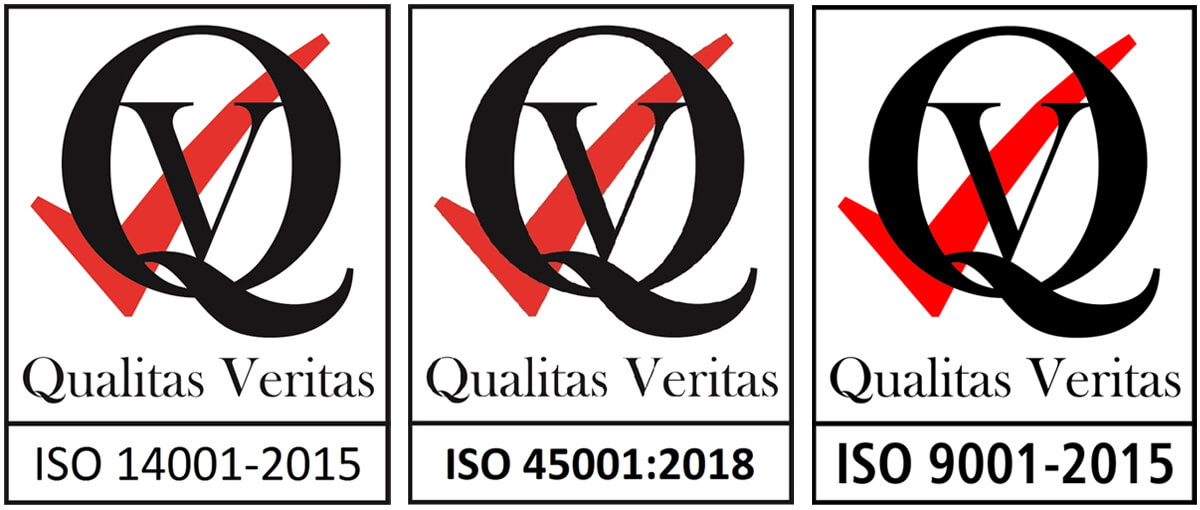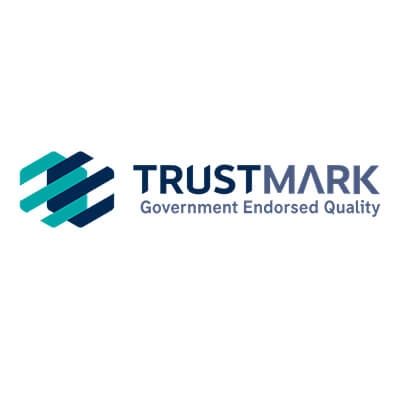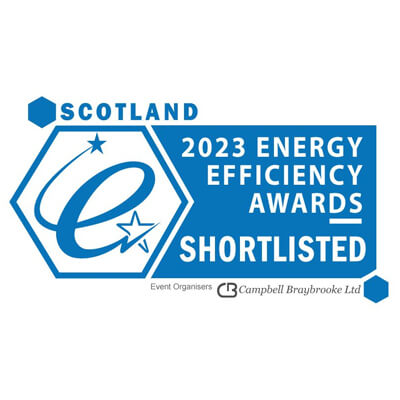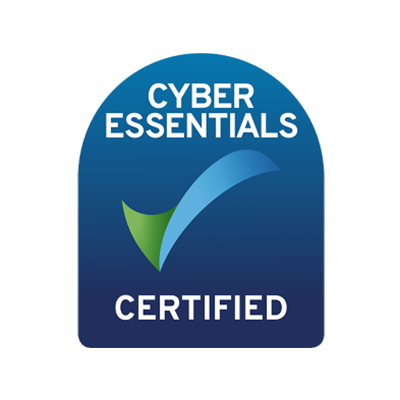Is It Possible To Charge Solar Panels Without Sunlight?
One of the big perceived negatives about solar panels is that they only work in sunlight.
But that is not true. They do in fact work in daylight. Modern solar panels only need daylight to generate electricity. But what if there is no light?
As long as the light source is strong enough, solar panels can generate electricity using artificial light sources such as an incandescent fluorescent bulbs. But before you get too excited, this does not generate enough useful electricity to be a viable option. The artificial light is designed to replicate/mimic the spectrum of light emitted from the sun.
Solar panels are specifically designed to capture a certain range of wavelengths of light. The efficiency of that solar panel is determined by the amount of electrical energy it can extract from the light source. No artificial light can mimic the strength or the radiance of the suns rays, at least to the level that would make it viable.
So what is the best alternative?
The best solution to work around the ‘downtime’ when solar panels are not producing electricity is to have a tandem system of solar panels and battery storage system. That way, the solar panels can supply the electricity during the day whole while also charging the battery storage system which can then fill the power gap during the darkness.
Why chose Solar PV?
- It’s simple and easy to install
- It connects to other technologies such as Battery Storage and Electric Vehicle Charging
- It can be easily monitored via Energy Monitoring software
- It’s a great way to raise the green credentials of your business
- and it’s environmentally friendly too
How Solar Panels Work
Generation
Daylight hits the photovoltaic system and converts to electricity
Conversion
The inverter converts solar electricity from direct current to alternating current for use in your building
Usage
Renewable energy is used during the day and at night electricity is imported as normal
Grid Connection
Connection to the electricity network allows any excess power to be fed back to the grid Good for business. Good for the environment.
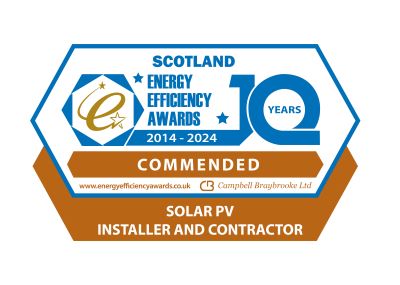
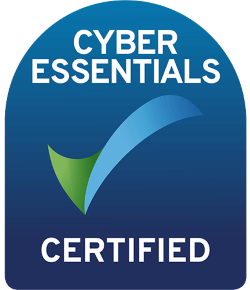

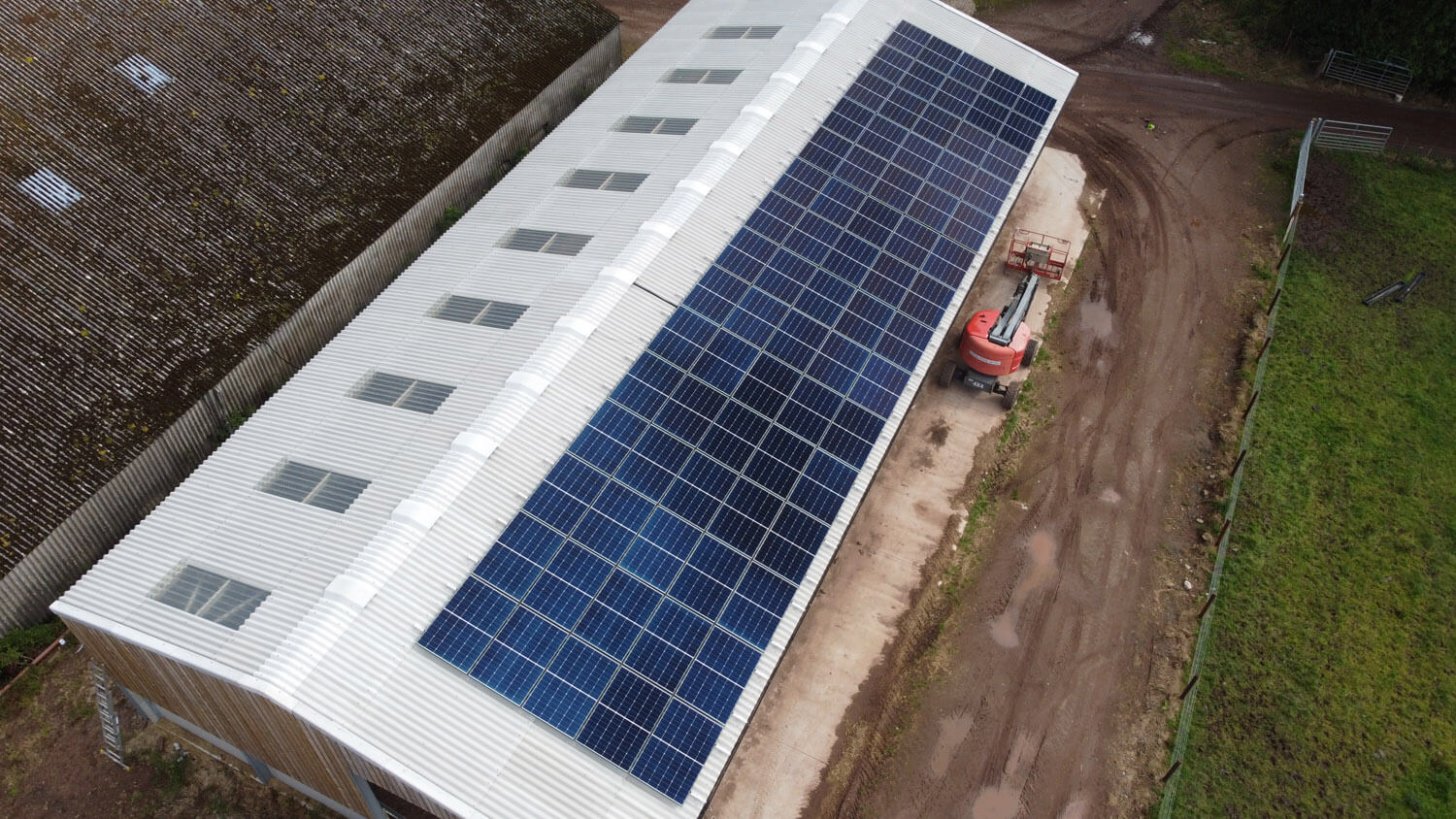
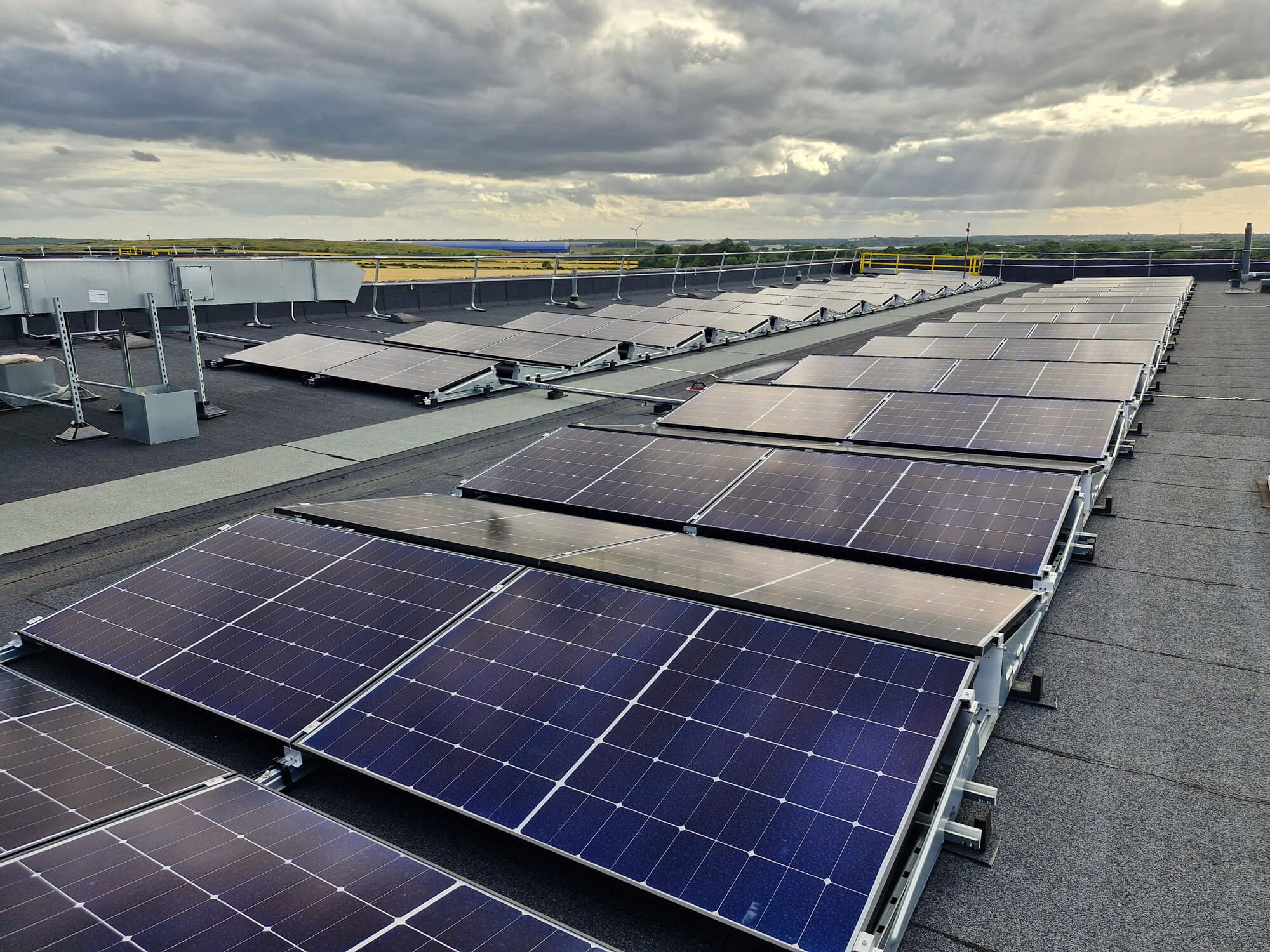
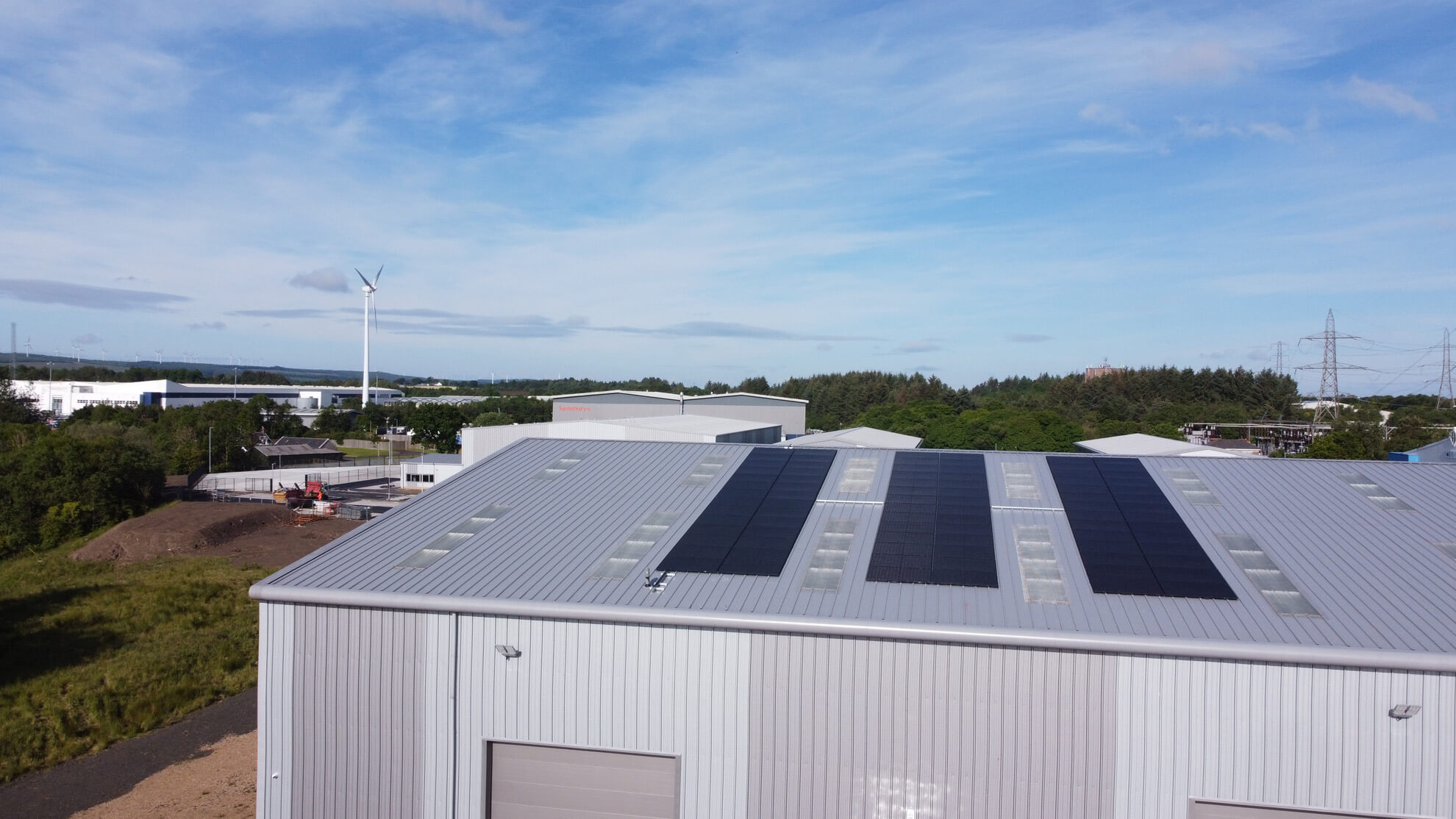
 Renewable Energy Specialists
Renewable Energy Specialists